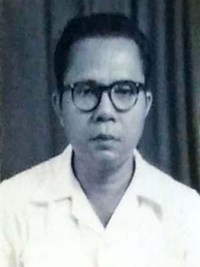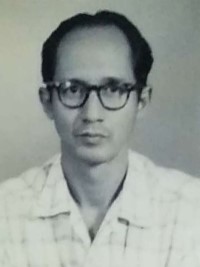History of the Konstituante
Indonesia’s first constitution was created over a short period of time in 1945 by appointed (not elected) representatives. Its second constitution was again created by appointed representatives in 1950, and especially was called the ‘Temporary Constitution’ (Undang-Undang Dasar Sementara) in recognition that it should be replaced with something more permanent, agreed by elected representatives of the Indonesian people.
In 1955, Indonesians finally had the chance for a national election. In September 1955 they chose members of Parliament, and then returned to the polls in December 1955 to choose an even larger number of representatives that would participate in a constitution-writing body, called the ‘Constituent Assembly’. Because the word ‘constituent’ in Indonesian is ‘konstituante’, this body has come to be known generically as the Konstituante.
After being elected in late 1955, the Konstituante first began to meet in November 1956 in Bandung, the capital of West Java. (Incidentally, the building where they met had also been the location of the famous Asia-Africa Conference in Bandung in 1955.) The debates, consultation, votes, and drafting process continued for two-and-a-half years; the debate over the foundation of the state (basically between proponents of a constitution based on Islam versus proponents of a constitution based on Pancasila) were particularly vociferous. Although leaders of the Konstituante believed that they had agreed 90% of a new, permanent constitution for Indonesia, and although some leaders of the Islamic bloc later said they were ready to compromise on the final 10%, the constitution-writing process went unfinished. Instead, on 5 July 1959, Indonesian President Sukarno unilaterally disbanded the Konstituante with a decree, and returned Indonesia to its first constitution (of 1945), thereby also enhancing the power of the executive and the military.
Although the Konstituante was not successful in promulgating a new constitution for Indonesia, it remains historically important. For the purposes of this project, it is particularly important for its membership: 610 individuals (including replacement members) who represented the highest political elite of Indonesia at the time.
Collective Data
Members

Supardi
Born: Kab. Tuban, 6 September 1914
Address: Dj. Tamrin 34 Surabaja Kota Surabaya Jawa Timur
No. Member: #414
Party: PKI (Partai Komunis Indonesia)

Usman Hamid
Born: Kab. Muara Enim, 1 January 1919
Address: Pasar Muara Enim Kab. Muara Enim Sumatera Selatan
No. Member: #386
Party: Masjumi